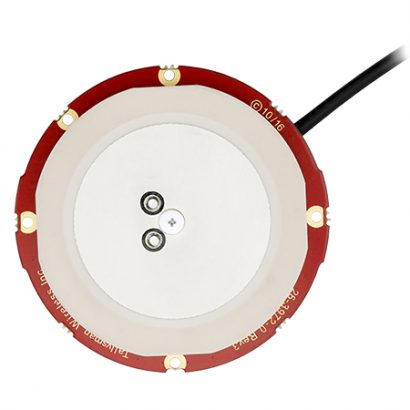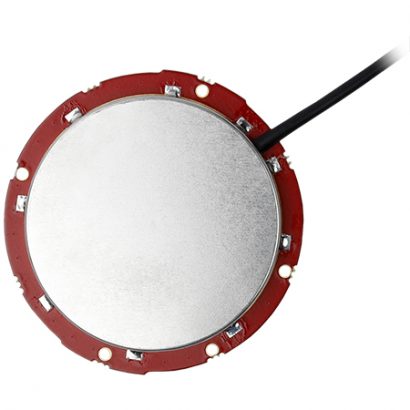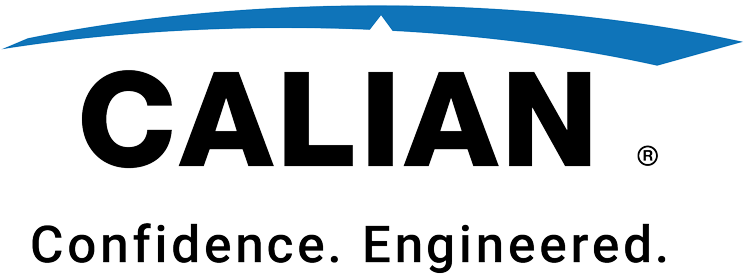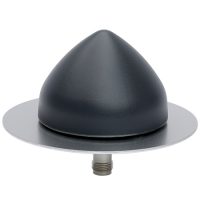


TW3867XF Embedded Extended-Filter Dual-Band GNSS Antenna + L-Band
Antennas
Coverage
GPS/QZSS-L1, GPS/QZSS-L2, GLONASS-G1, GLONASS-G2, Galileo-E1, BeiDou-B1
Mount
OEM / Embedded
Amplifier Gain
28 dB typ.
Connector Options
Many Options, Please Inquire
Overview
The TW3867XF is an embedded precision-tuned dual-band Accutenna® technology antenna providing coverage for GPS/QZSS-L1/L2, GLONASS-G1/G2, Galileo-E1, and BeiDou-B1, including the satellite-based augmentation system (SBAS) available in the region of operation [WAAS (North America), EGNOS (Europe), MSAS (Japan), or GAGAN (India)].
Features
- Very low noise preamp (< 2.0 dB typ.)
- Low axial ratio (< 2.0 dB typ.)
- Tight phase centre variation
- LNA gain (28 dB typ.)
- Low current (45 mA typ.)
- ESD circuit protection (15 kV)
- Invariant performance from 2.5 to 16 VDC
- REACH, RoHS, and S-9401.V1.0 compliant
Benefits
- Excellent interference mitigation
- Excellent multipath rejection
- Increased system accuracy
- Excellent signal-to-noise ratio
Details
The TW3867XF features an industry-leading low current, low-noise amplifier (LNA) that includes an integrated low-loss pre-filter to prevent harmonic interference from high-amplitude signals, such as 700 MHz band LTE and other near-band cellular signals. As the radio frequency spectrum has become more congested, the signals and harmonic frequencies of new LTE bands [e.g. 800MHz x 2 = 1600MHz (GLONASS-G1)] can affect GNSS antennas and receivers. In North America, planned Ligado signals at 1525 – 1536 MHz could especially impact GNSS antennas that support space-based L-band correction services (1539 – 1559 MHz). New LTE signals in Europe [Band 32 (1452 – 1496 MHz)] and Japan [Bands 11 and 21 (1476 – 1511 MHz)] have also been observed to interfere with GNSS signals. In addition, Inmarsat satellite communication (uplink: 1626.5 – 1660.5 MHz) can also affect GNSS signals. The new Calian XF antennas have been designed to mitigate out-of-band signals and prevent GNSS antenna saturation. Calian’s custom XF filtering mitigates all existing signals and new Ligado and LTE signals, enabling the antennas and attached GNSS receivers to perform optimally.
Ideal for train control sensors, autonomous vehicle tracking and guidance, precision agriculture, and other applications where precision matters, The TW3867XF provides superior multipath signal rejection, a linear phase response, and tight phase centre variation (PCV).
The TW3867XF features a precision-tuned, twin circular dual-feed, stacked patch element. The signals from the two orthogonal feeds are combined in a hybrid combiner, amplified in a wideband LNA, then band-split for narrow filtering in each band and further amplified prior to recombination at the output.3 The TW3872XF offers an excellent axial ratio and a tightly grouped phase centre variation.
This antennas is available in other formats: TW3872EXF (37 dB) – embedded, and TW3872XF antenna (37 dB) – housed.

